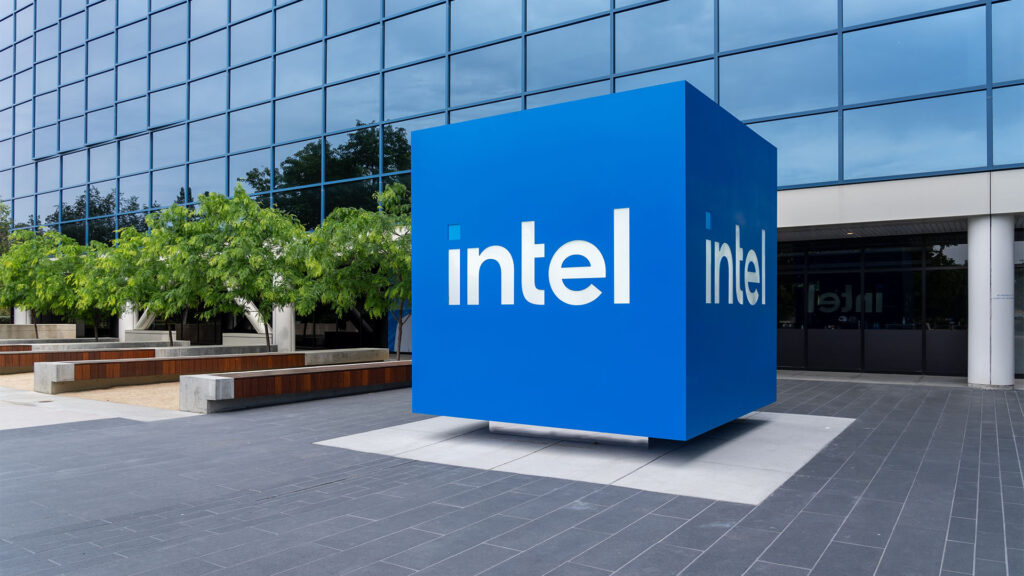Amid the flood of tech company earnings reports on Thursday, one stood out, not for a surge in earnings or revenue, but for what its radical restructuring suggests about the future of the sector.
The once market headliner and leading chipmaker, Intel Corp, will suspend dividends, cut $US billion in costs, and sack 15,000 staff as it struggles to keep pace with the American push deeper into AI.
The AI boom has seen Intel replaced as the chip darling by Nvidia. By Thursday’s close, this change in the pecking order was reflected in a 39% slump in the Intel share price this year.
Intel shares however slumped another 19% after hours after its results and management’s investor briefing revealed the radical recasting of the company.
Dividends are uncommon in US tech. While Intel has been giving shareholders a 12 US cents a quarter payout (compared to Apple’s 25 US cents a quarter), companies like Amazon and Meta don’t offer dividends.
In addition to cutting 15,000 staff, the company said it would slash investment by 20%. This is a worrying sign when its peers are investing heavily in AI-related chips and equipment.
It will also be suspending its dividend beginning in the fourth quarter. However, Intel (INTC) reiterated its long-term commitment to a competitive dividend as cash flows improve.
Intel logged a net loss of $US1.6 billion in the June quarter, down from the prior year’s $1.5 billion. Revenue totalled $US12.83 billion, compared with $US12.95 billion in the year-prior quarter. This significantly missed analyst expectations, set at $US19.92 billion.
The forecast for the current third quarter also underwhelmed. The company expects $US12.5 billion to $US13.5 billion, compared with the FactSet consensus of $US14.4 billion. Intel also forecast a small loss for the quarter, while analysts were looking for a significant profit.
The jobs cuts will mainly take place this year, according to a message to staff from Intel CEO Pat Gelsinger, reported by US media outlets.
“Simply put, we must align our cost structure with our new operating model and fundamentally change the way we operate,” he wrote. “Our revenues have not grown as expected — and we’ve yet to fully benefit from powerful trends, like AI. Our costs are too high, our margins are too low.”
On an adjusted basis, Intel expects around $US20 billion in cuts this year, $US17.5 billion in 2025 and more in 2026. CNBC reported that this is the largest single job cut listed on Layoffs.fyi, an industry tracker operating since March 2020.
Intel’s struggles are not due to the health of the US economy. They stem from an industry leader failing to adapt and allowing itself to be overtaken, not only by a smaller rival it ignored, but also by its customers who went elsewhere when Intel couldn’t supply the best technology.

